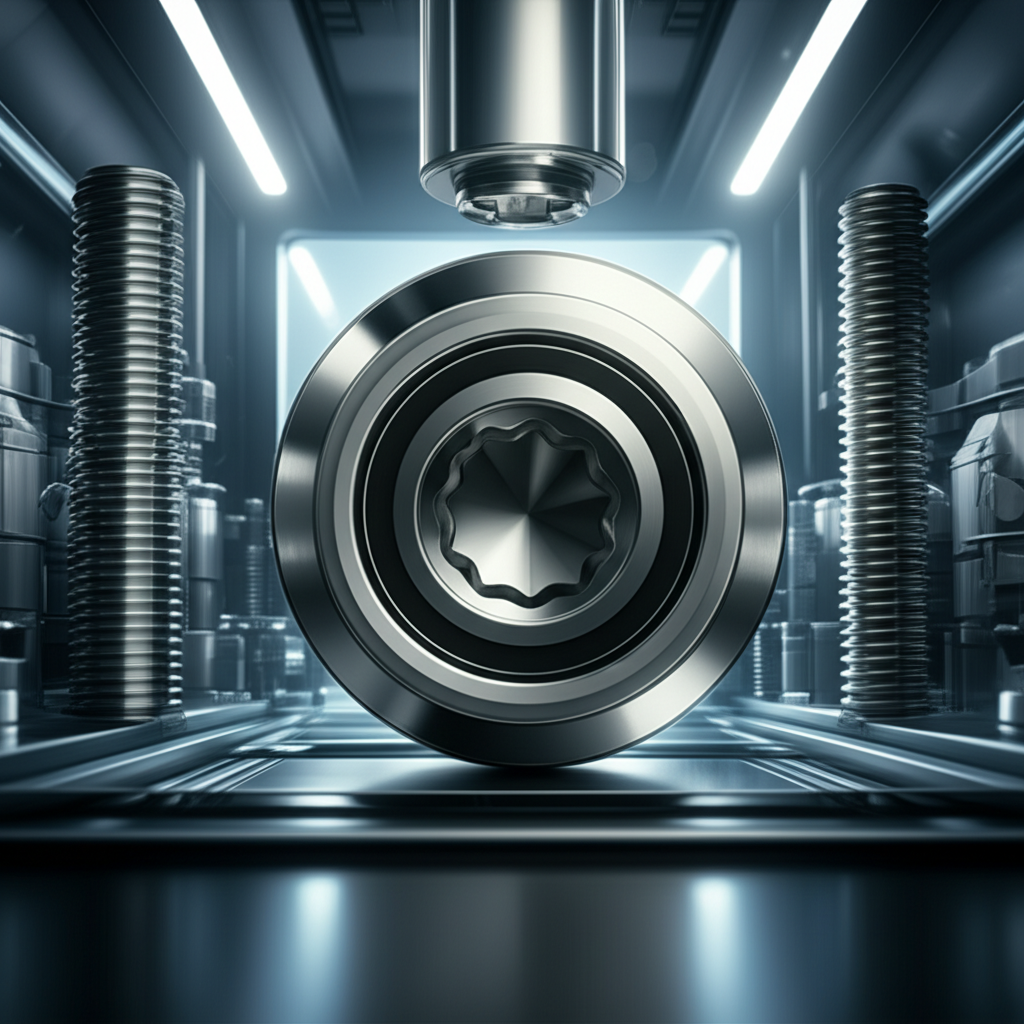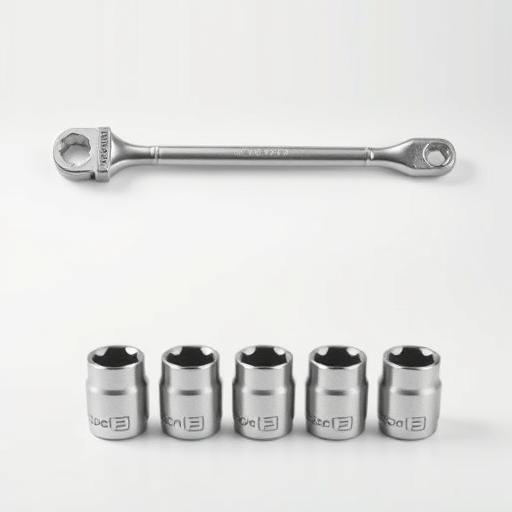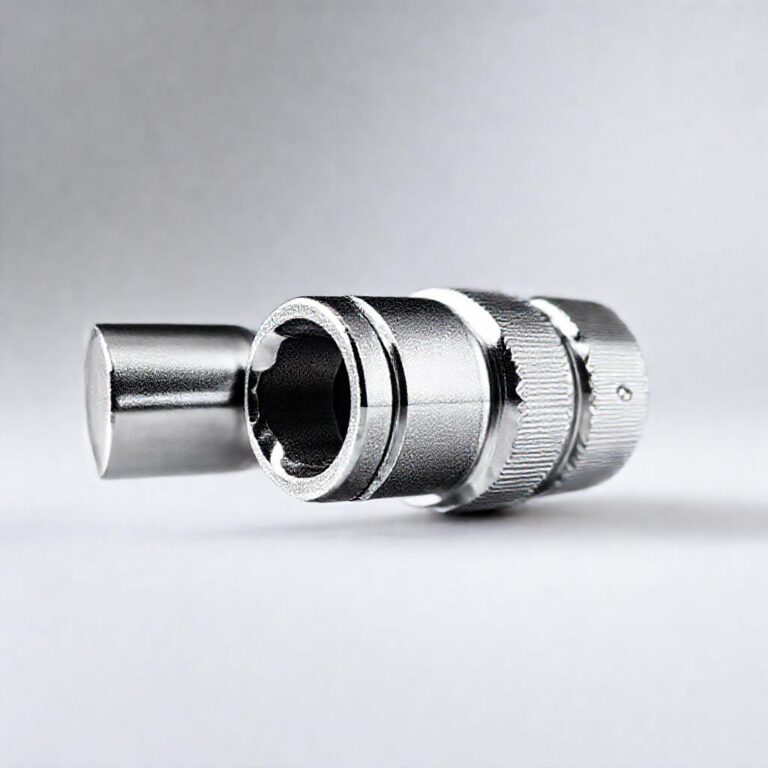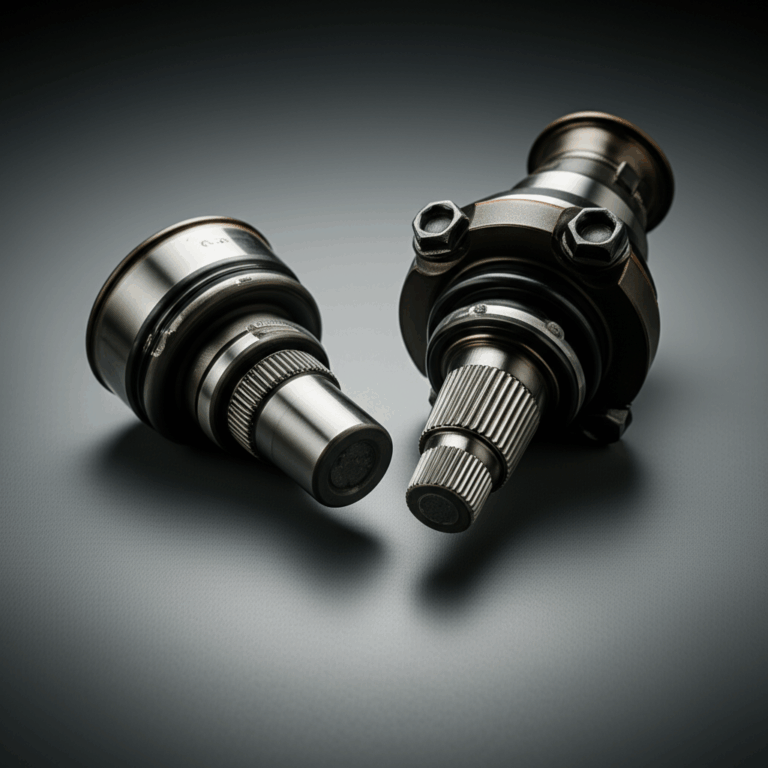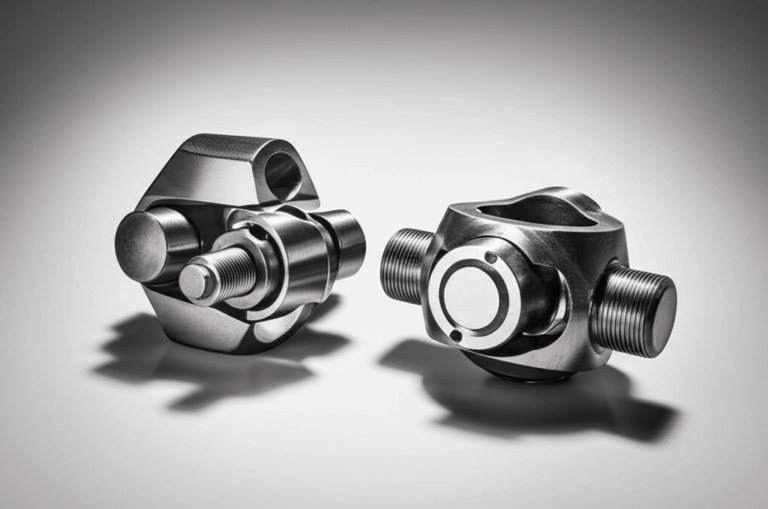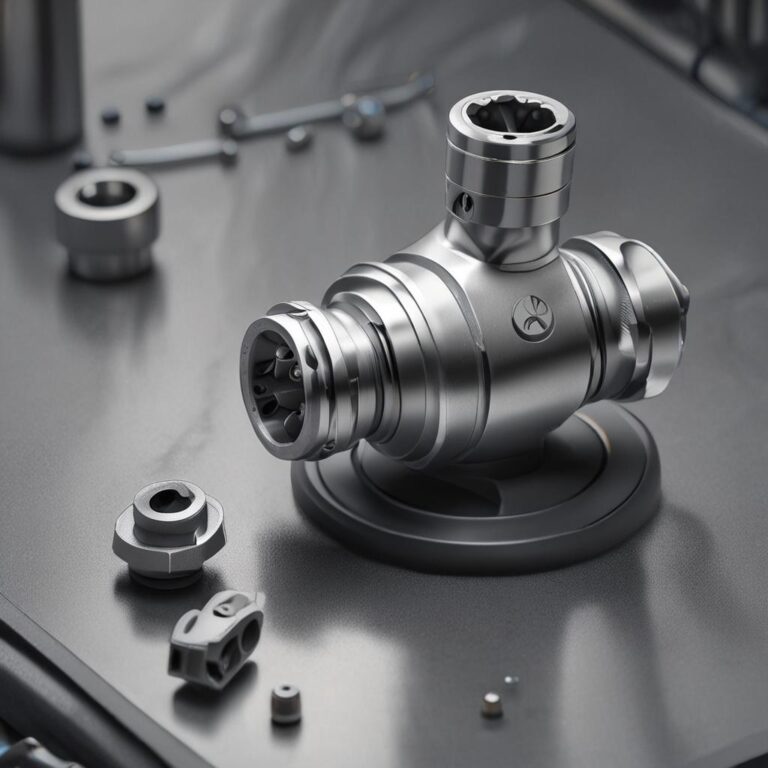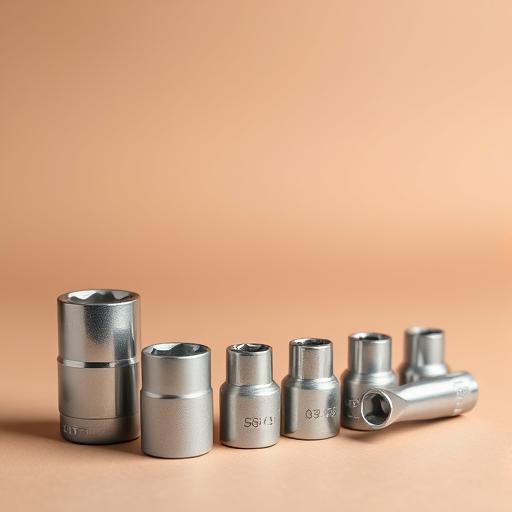Socket Button Head Screw
In the world of fasteners, precision and reliability are paramount. Among the many screw types available, the socket button head screw stands out as a versatile and high-performance solution. Its unique design—featuring a rounded head with an internal socket drive—makes it ideal for applications where strength, aesthetics, and space efficiency matter. From automotive assemblies to electronic devices, this screw type is a go-to choice for engineers and manufacturers seeking a durable, low-profile fastening solution. Whether you’re a professional in industrial design or a DIY enthusiast, understanding the features and benefits of socket button head screws can help you make informed decisions for your projects.
Introduction to Socket Button Head Screws
Definition and Basic Overview
A socket button head screw is a type of fastener characterized by its rounded, dome-shaped head with an internal drive (typically hex, Torx, or square) rather than an external slot or cross. This design allows for a flush or slightly raised mounting surface, making it ideal for applications where a smooth finish is required. Commonly used in machinery, electronics, automotive systems, and furniture, these screws offer a balance of strength, precision, and aesthetic appeal.
Importance in Modern Engineering and Design
Socket button head screws are favored in modern engineering due to their low-profile design, which minimizes protrusion and reduces the risk of snagging. Their internal drive resists stripping, enhancing durability in high-torque applications. Additionally, their ability to provide a clean, flush fit makes them ideal for applications where appearance and space constraints are critical. This blog will guide you through the key aspects of these screws, from their design features to selection and installation tips, ensuring you can choose the right fastener for your needs.
Key Features and Design of Socket Button Head Screws
Socket Types and Drive Options
Socket button head screws are available with various drive types, each offering unique advantages. Hex sockets are the most common, providing high torque resistance and ease of use with standard tools. Torx sockets offer superior stripping resistance and are ideal for precision applications. Square sockets are less common but provide excellent grip in high-vibration environments. The choice of drive depends on the application’s torque requirements and tool compatibility.
Head Shape and Dimensions
The button head’s rounded profile allows for a flush or slightly raised mounting surface, minimizing snagging and improving aesthetics. Unlike flat head screws, which require countersinking, socket button head screws sit slightly above the surface, distributing load more evenly. This design is particularly useful in applications where a smooth finish is desired, such as in furniture or electronic enclosures.
Material and Finish Variations
These screws are typically made from materials like steel, stainless steel, titanium, or aluminum, each offering different strength and corrosion resistance properties. Steel screws are cost-effective and strong, while stainless steel provides excellent corrosion resistance, making it ideal for outdoor or marine applications. Titanium screws are lightweight and highly durable, often used in aerospace. Finishes like zinc plating or black oxide enhance corrosion resistance and aesthetic appeal.
Mechanical Properties
Socket button head screws are engineered for high tensile strength and hardness, making them suitable for demanding applications. They are often used in high-vibration environments, such as automotive engines, where their secure fastening prevents loosening. The choice of material and thread type (coarse, fine, metric, or imperial) further enhances their performance in specific applications.
Common Applications of Socket Button Head Screws
Automotive and Aerospace Industries
In the automotive and aerospace sectors, socket button head screws are used in engine components, chassis parts, and aircraft assemblies. Their ability to withstand high vibrations and provide secure fastening makes them indispensable in these industries. The low-profile design also helps reduce weight and improve fuel efficiency.
Electronics and Consumer Goods
These screws are commonly found in circuit boards, home appliances, and medical devices. Their space-saving design and aesthetic appeal make them ideal for consumer electronics, where a clean, professional look is essential. Additionally, their resistance to stripping ensures reliable performance in tight spaces.
Furniture and Architectural Fixtures
Socket button head screws are often used in furniture and architectural fixtures to join wood or metal parts with a flush finish. Their ability to be used with self-drilling bits and countersinking tools makes them versatile for various construction applications.
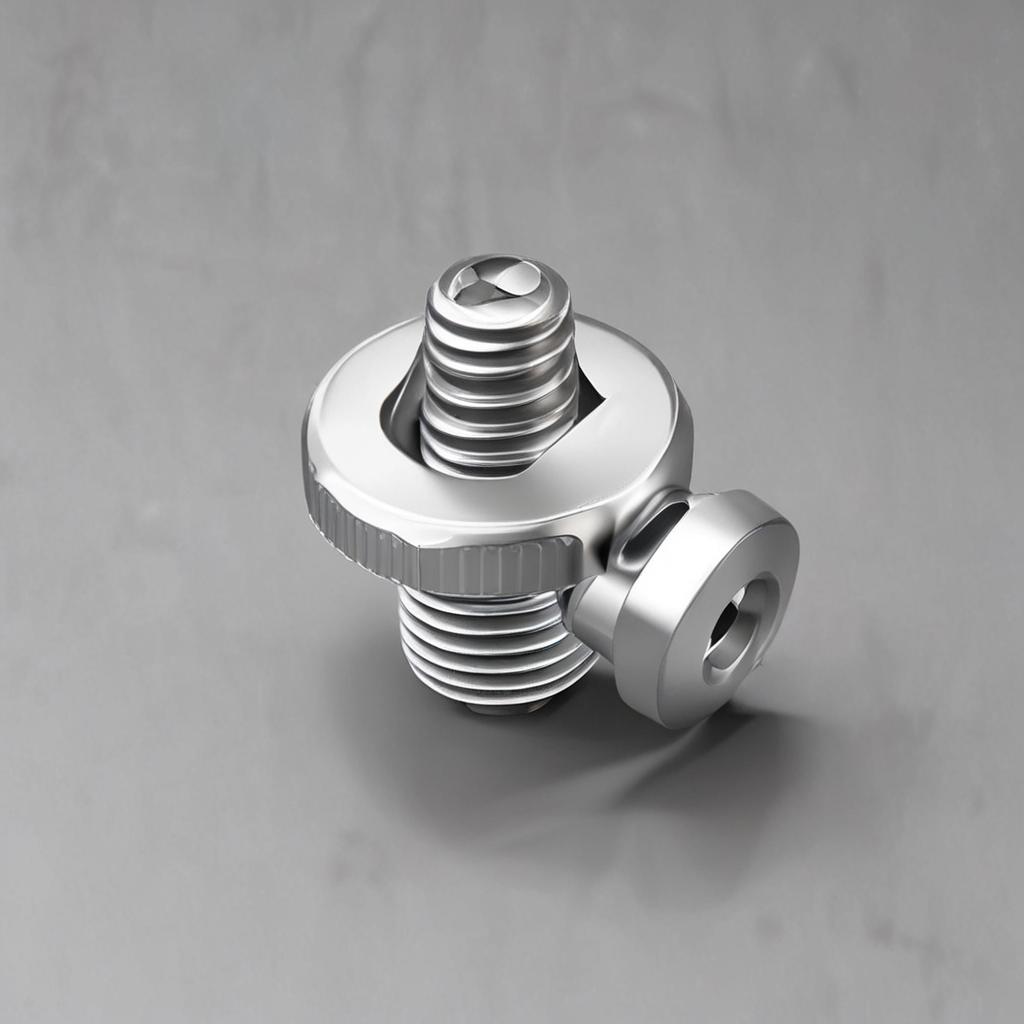
Industrial Machinery and Manufacturing
In industrial settings, these screws are used to ensure durability and reduce wear in mechanical joints. Their high strength and resistance to stripping make them ideal for heavy-duty machinery, where reliability is critical.
Advantages and Disadvantages of Socket Button Head Screws
Features table for Advantages and Disadvantages of Socket Button Head Screws
Benefits Over Other Screw Types
Socket button head screws offer several advantages, including high shear and tensile strength, a low-profile head that reduces snagging, and resistance to stripping when proper tools are used. Their ability to provide a flush or slightly raised finish makes them ideal for applications where aesthetics and space constraints are important.
Limitations and Considerations
Despite their benefits, these screws require precise countersinking for a flush installation, which can be challenging in some applications. Additionally, they may not be suitable for hand-driven applications without the proper tools, limiting their use in certain DIY projects.
How to Choose the Right Socket Button Head Screw
Factors to Consider: Material, Size, and Thread Type
When selecting a socket button head screw, consider the material based on the application’s demands (e.g., stainless steel for outdoor use). Determine the appropriate size based on load and clearance requirements, and choose the right thread type (coarse, fine, metric, or imperial) for optimal performance.
Load and Torque Requirements
Select screws based on the mechanical stress they will endure. Refer to torque specifications and ensure the socket is compatible with your tools. Proper torque application is crucial to prevent over-tightening or under-tightening, which can compromise the fastener’s integrity.
Environmental and Corrosion Resistance Needs
Choose finishes based on the environment (e.g., zinc plating for humidity, stainless steel for salt exposure). Be mindful of galvanic corrosion when using these screws with dissimilar metals.
Installation and Usage Tips for Socket Button Head Screws
Tools Required for Proper Installation
Use socket wrenches, screwdrivers, or torque tools that match the screw’s drive size. Proper tool selection ensures efficient installation and prevents damage to the screw or the workpiece.
Step-by-Step Installation Process
Pre-drill pilot holes and countersink if necessary to achieve a flush fit. Apply thread locker if required for additional security. Follow manufacturer guidelines for torque specifications to ensure proper fastening.
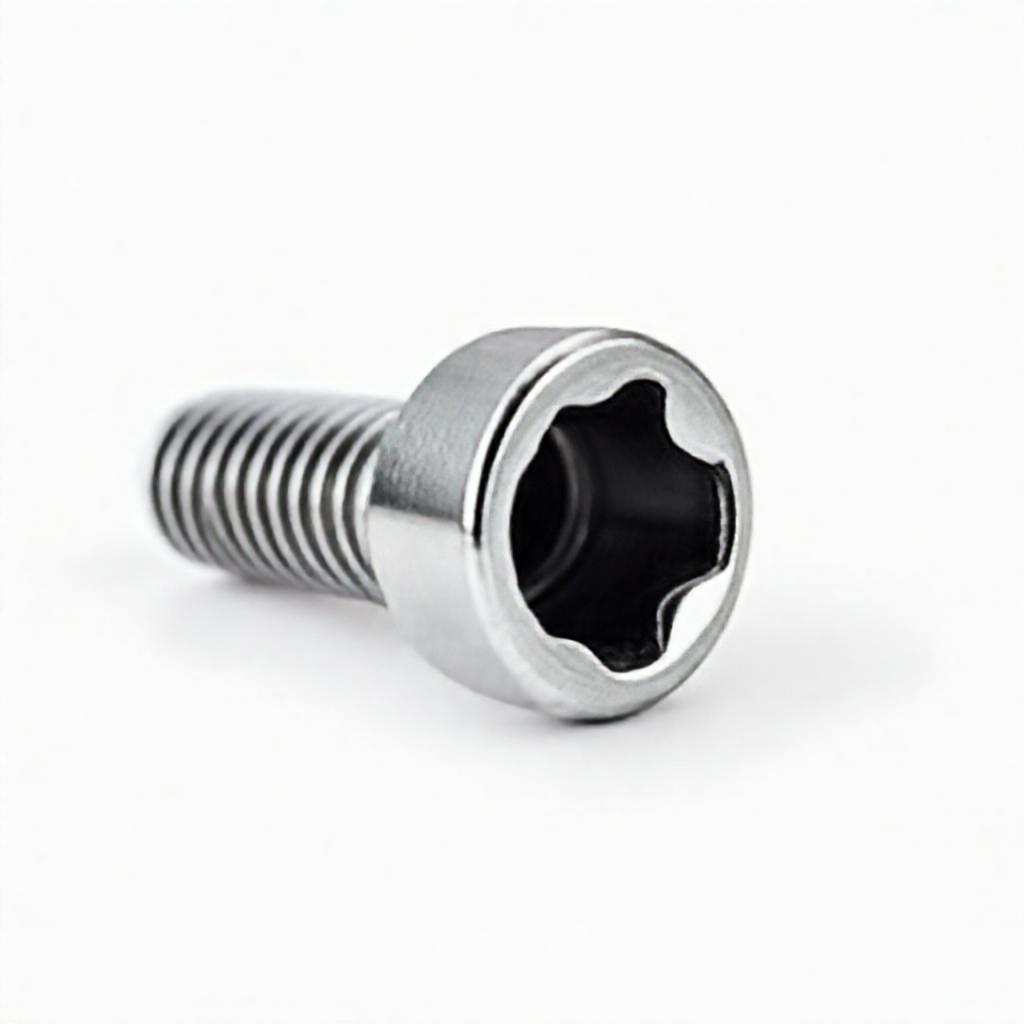
Common Mistakes to Avoid
Avoid over-tightening, cross-threading, or using incorrect driver angles, as these can lead to stripped screws or damaged workpieces. Always use the correct tools and techniques for optimal results.
Comparison With Similar Screw Types
Socket Button Head vs. Pan Head Screws
Socket button head screws offer higher strength and a lower profile compared to pan head screws. Choose socket button head screws for applications requiring a flush finish, while pan head screws are better for raised mounting surfaces.
Socket Button Head vs. Flat Head Screws
Flat head screws provide a fully countersunk finish, while socket button head screws offer a slightly raised, rounded head. The choice depends on the application’s load distribution and aesthetic requirements.
Socket Button Head vs. Socket Cap Screws
Socket cap screws feature a cylindrical head with a rounded top, making them ideal for confined spaces. Socket button head screws, on the other hand, are better suited for applications requiring a low-profile, flush finish.
Frequently Asked Questions (FAQ)
What are the key features of a socket button head screw?
The key features include a rounded head, internal socket drive, high strength, and a flush or slightly raised mounting surface. These characteristics make them ideal for applications requiring durability and aesthetics.
Where are socket button head screws most commonly used?
They are commonly used in automotive, aerospace, electronics, and furniture applications due to their strength, low profile, and resistance to stripping.
How do I prevent stripping the socket during installation?
Use high-quality tools that match the screw’s drive size and apply steady pressure. Avoid over-tightening, as this can damage the socket.
Can socket button head screws be used in outdoor environments?
Yes, they can be used outdoors if made from corrosion-resistant materials like stainless steel or coated with finishes like zinc plating or black oxide.
Why choose socket button head screws over other head types?
They offer superior strength, a low-profile design, and resistance to stripping, making them ideal for applications where aesthetics and durability are important.
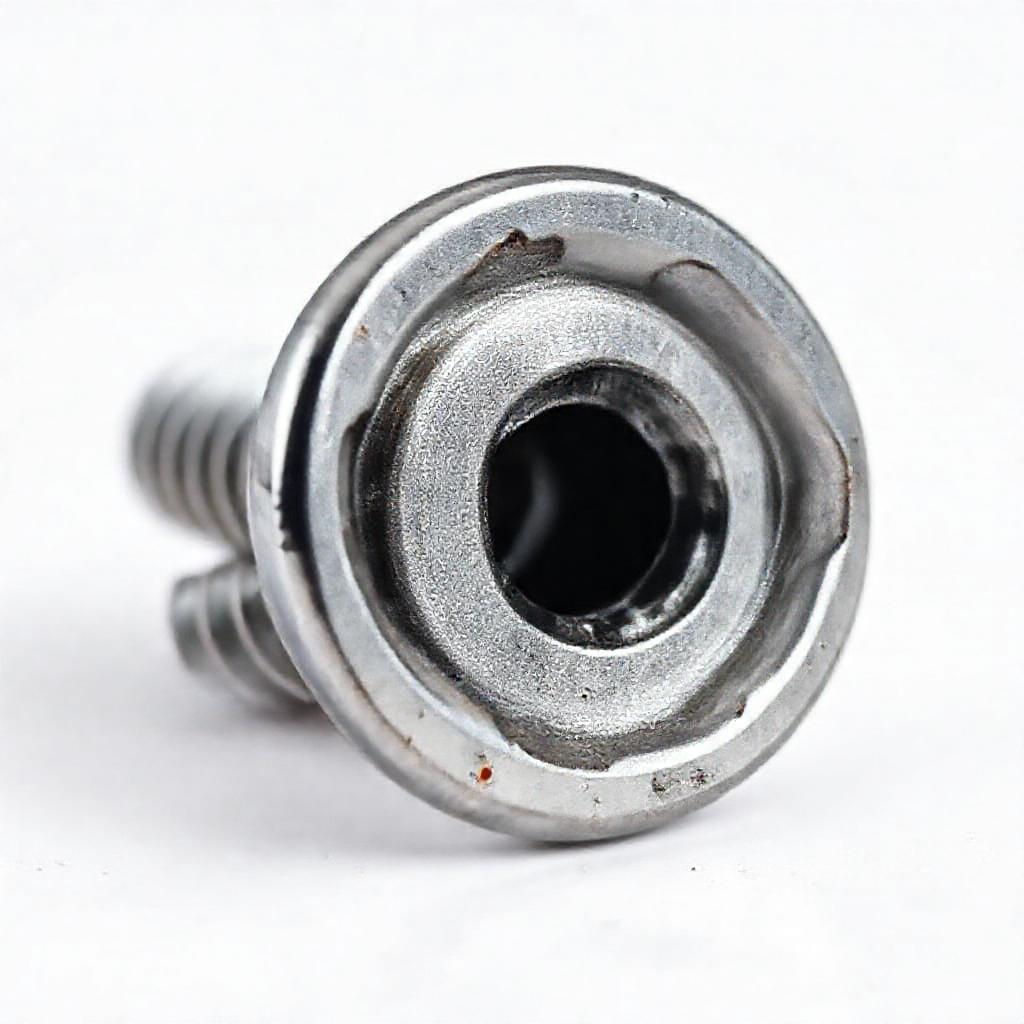
Conclusion: Why Socket Button Head Screws Are a Versatile Choice
Socket button head screws are a versatile and reliable choice for a wide range of applications. Their unique design, combining strength and aesthetics, makes them ideal for industries like automotive, electronics, and furniture. By considering factors like material, size, and thread type, you can select the right screw for your needs. Proper installation techniques and tool usage further ensure their performance. For tailored solutions, consult industry standards or contact suppliers. Whether you’re a professional or a DIY enthusiast, understanding these screws can enhance the quality and durability of your projects.

